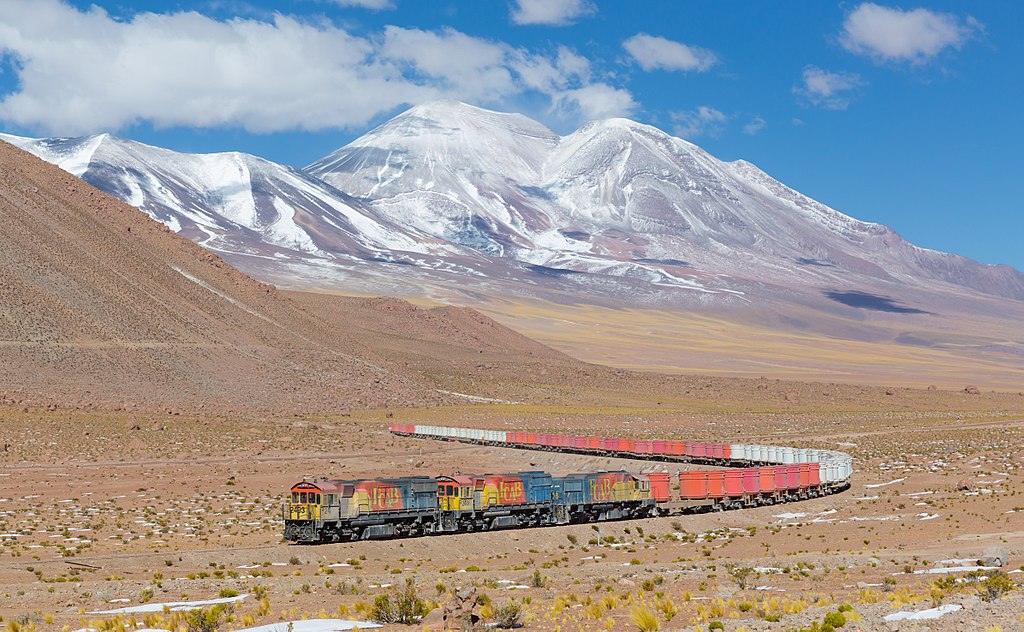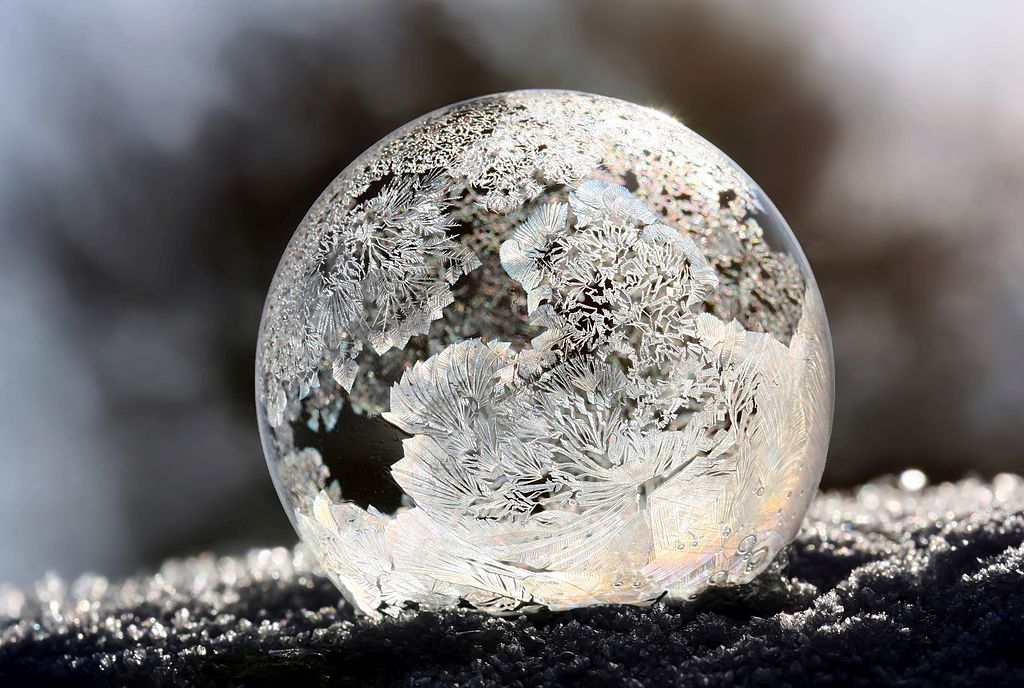Wikimedia Commons, the repository for educational media content that hosts most of the images used on Wikipedia, has announced its photo of the year.*
Nearly 3,500 people chose between 57 images in the final round of the competition. Jason Weingart’s Evolution—a composite timelapse showing the development and frightening expansion of a tornado—took the top prize.
Coming in second was David Gubler’s photo of a lonely bucket train in Chile, and in third was Daniela Rapava’s remarkable shot of a soap bubble being overcome by ice.
I got in touch with all three winners to learn more about the winning photographs.
• • •
Weingart created the picture of the year (above) from eight images he took while stormchasing in Dodge City, Kansas, United States, in May 2016. Of those, seven show the tornado itself, while the one on the far left demonstrates the storm’s structure.
Weingart, who lives near Austin, Texas, then used Photoshop to blend them together for the final presentation. “I wanted to be the first person to use timelapse photography to document tornadogenesis,” he says.
The high quality of the individual shots stemmed from Weingart’s choice to rig his camera to take one photograph for every second of video, which meant that he wasn’t stuck trying to cull individual frames from all his footage. (That video is available on YouTube.)
Weingart originally designed and uploaded it to Wikimedia Commons for the Wiki Science Competition, a contest designed to encourage the upload of scientific educational media for use on Wikipedia and elsewhere. “My intention was to inspire people to learn more about the weather,” he says.
Amusingly, however, far more people probably saw this shot after it was uploaded to Reddit and Facebook with the caption “[a] mass of tornadoes.” He has no idea who did this, and if we’re honest, it doesn’t seem likely that he ever will. However, it went so viral afterwards that it has its own dedicated page on Snopes, the famed fact-checking website. Their verdict was that the photo had been miscaptioned.
So what is Weingart’s takeaway from all this? “A great lesson for people … is to fact-check things before you click share.”
More of Weingart’s work can be found on his website.
• • •

Second place went to David Gubler’s lonely ore train, a freight movement that winds its way through Chile’s remote Atacama Desert once or at most twice per day and terminates at the Bolivian border. Finding the train was the easy part, as it runs at the same time every day. Actually getting this photo was a bit harder, as even though the train doesn’t move particularly quickly, he and a friend would drive to a good photography location, grab the shot, jump back in the car, leapfrog ahead of the train, and rinse and repeat.
Gubler thinks that his photo stood out to voters in the picture of the year competition because it “the combination of the colorful locomotives, red desert, snow-capped peak and blue sky is very appealing,” he says, and “the exotic scenery itself may have sparked interest, as I guess many voters are not very familiar with the Atacama Desert.”
You can find more of Gubler’s work over on Wikimedia Commons.
• • •

Finally, Daniela Rapava took third place in the picture of the year competition. A native of Slovakia, one of Rapava’s favorite subjects to photograph are frozen bubbles like this. She’s been doing it since 2014, and they remind her of the planets people are able to glimpse from Observatory Rimavska Sobota, where she took this particular shot.
The bubble is made from water, detergent, and sugar, making it just robust enough to remain intact even while outdoors. It took about seven minutes to frost over in the below-freezing weather that day.
Rapava’s other work is available on her website.
Ed Erhart, Senior Editorial Associate, Communications
Wikimedia Foundation
*Photos of the year are selected from the preceding calendar year’s worth of new “featured” pictures, a marker of high quality that is awarded after a community vetting process. You can see all of the previous pictures of the year, going back to 2006, on Wikimedia Commons.

Can you help us translate this article?
In order for this article to reach as many people as possible we would like your help. Can you translate this article to get the message out?
Start translation